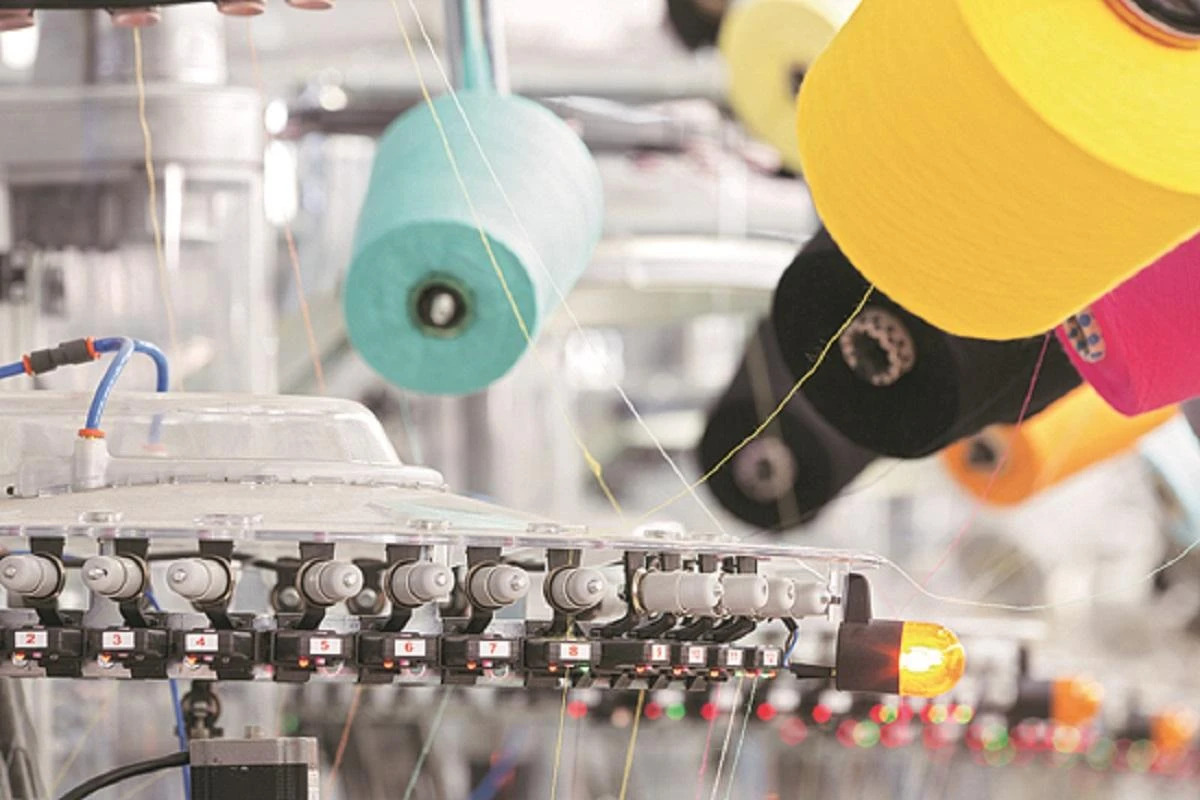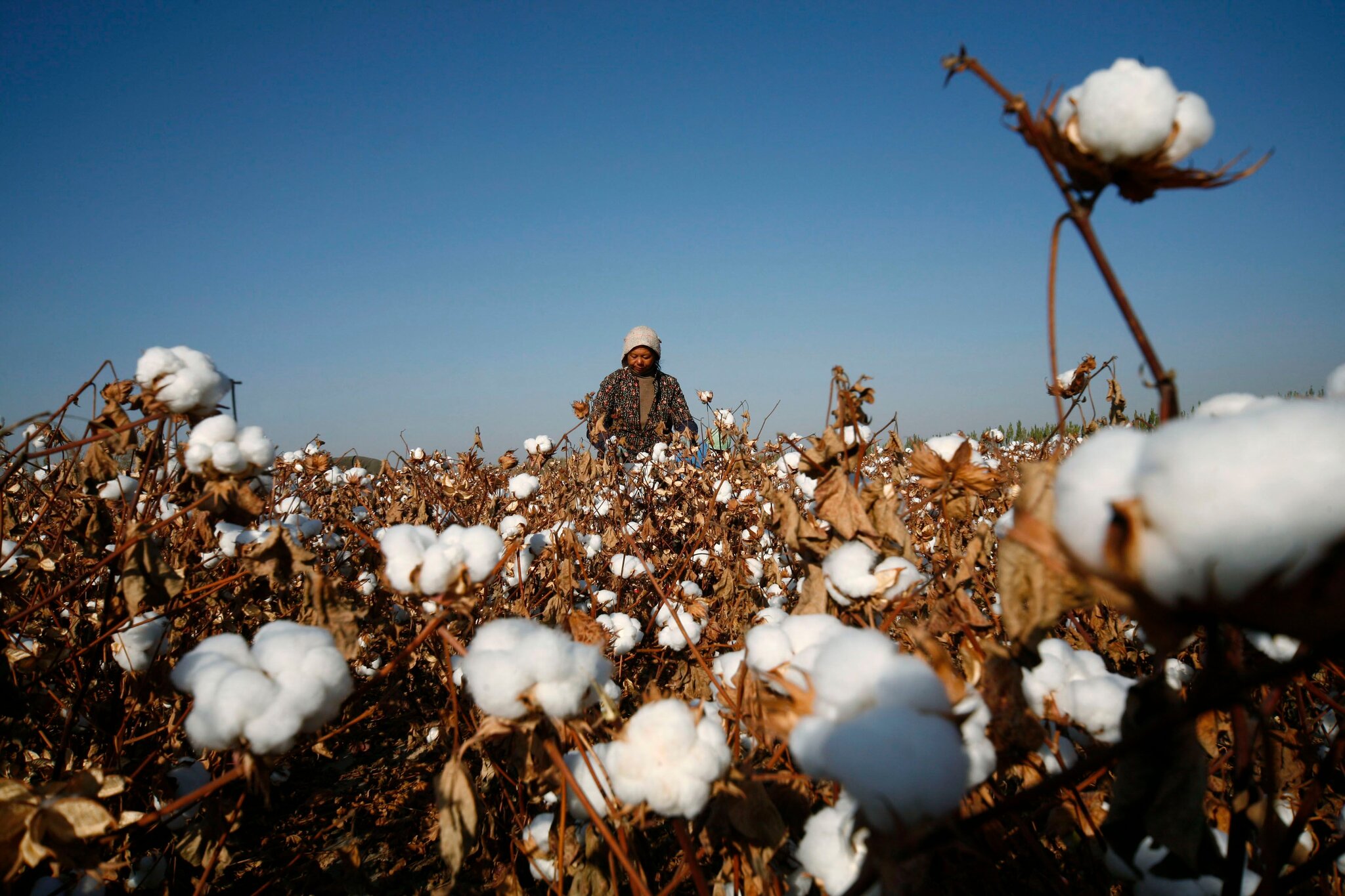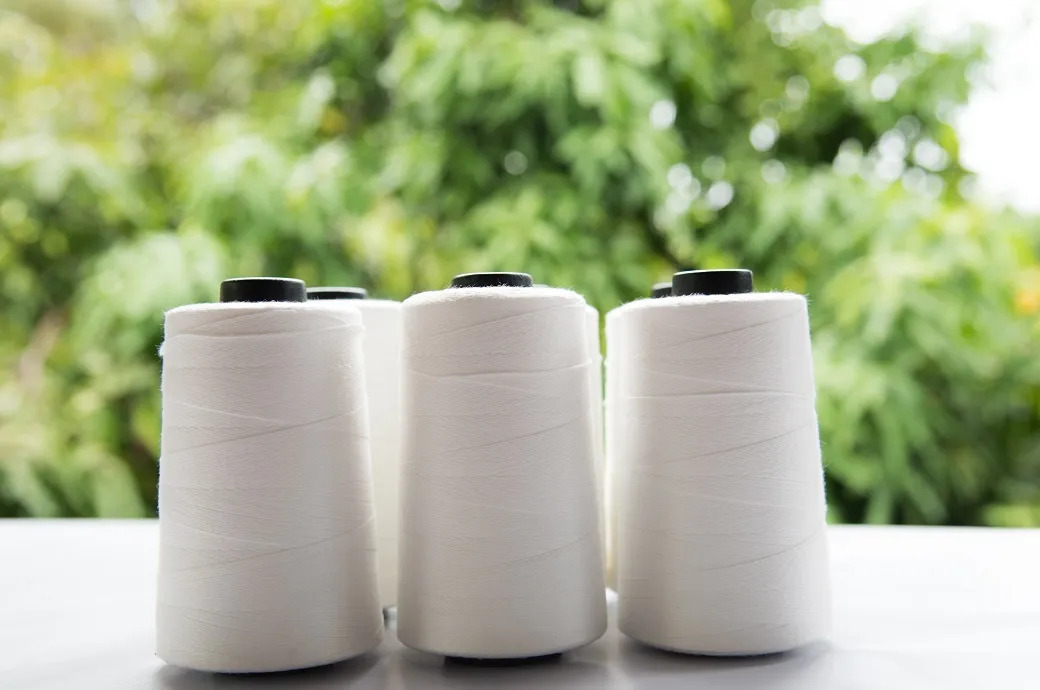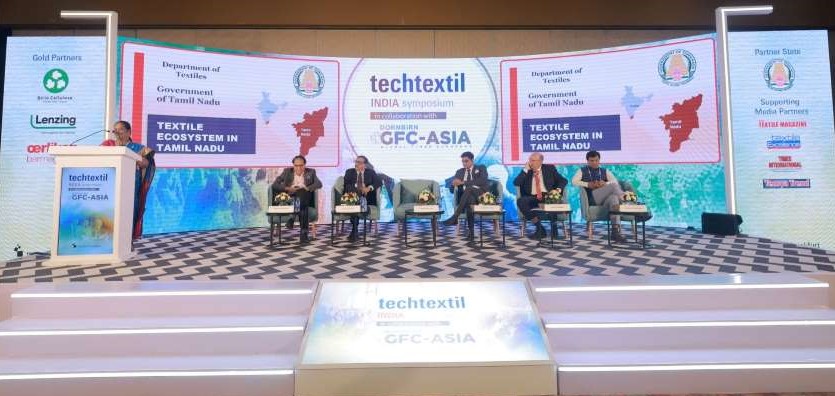
India’s textile and apparel export sector is showing a remarkable capacity to adapt and thrive in one of the most turbulent global trade environments in recent years. From punitive US tariff shocks to unpredictable demand cycles across international markets, the sector’s first-half performance (April-September 2025) reveals not just survival, but strategic reinvention.
Despite the headline showing a marginal 0.39 per cent growth in overall global exports, a deeper look at the numbers tells a different story one of intentional diversification, policy-backed resilience, and targeted expansion into new and emerging markets. The textile industry, one of India’s largest employment generators, is quietly rewiring its export engine for a more volatile global order.
Flat global growth, strong market focus
The data for the April-September period captures a dual-speed export reality. While global shipments of textiles, apparel, and made-ups saw only muted growth, rising from $17.66 billion to $17.73 billion, a negligible increase of 0.39 per cent the sector’s performance in targeted growth markets tells a far more encouraging story.
Table: India’s export performance April-September 2025
|
Metric |
April–September 2025 |
April–September 2024 |
Change |
Takeaways |
|
Exports to 111 Targeted Markets |
$8,489.08 mn |
$7,718.55 mn |
+10.0% |
Focus areas grew robustly. |
|
Overall Global Exports of Textiles, Apparel & Made-ups |
$17,735.56 mn |
$17,666.51 mn |
+0.39% |
Sector was largely flat (marginal 0.1% growth mentioned in image text). |
The 10 per cent growth in the 111 priority markets compared to the almost stagnant global number highlights a sector that is consciously moving away from its traditional overdependence on a handful of legacy destinations, particularly the US and Europe. This strategy mirrors India's broader export pattern. While India’s total merchandise exports grew by 3.02 per cent, textiles significantly outperformed in markets where government-led diversification strategies have been applied with precision. Ready-made garments (RMG) and jute were among the notable bright spots RMG grew 3.42 per cent, while jute expanded 5.56 per cent, signaling sustained global demand for natural fiber-based, sustainable products.
The rise of non-traditional markets
If the last decade was defined by dependence on the US and EU, this year marks the beginning of India’s new export geography. Several emerging markets delivered double-digit growth, providing vital cushioning against the steep decline in tariff-affected markets like the US.
Table: Market growth trends (Apr–Sep)
|
Market |
Growth (YoY) |
Interpretation |
|
Japan |
+19% |
Strong traction for high-quality apparel and technical textiles; Japan emerges as India’s stability market. |
|
UAE |
+14.5% |
A regional re-export and retail powerhouse; Indian brands seeing renewed traction. |
|
France |
+9.2% |
Premiumization and sustainable materials are driving orders. |
|
Spain |
+9% |
Fast-fashion and mid-market retailers increasing sourcing from India. |
Table: New market momentum
|
New Region |
Growth (YoY) |
Interpretation |
|
Hong Kong |
+69% |
Reflects China+1 shifts and sourcing realignments. |
|
Egypt |
+27% |
India filling supply gaps after local currency pressures and import constraints. |
|
Saudi Arabia |
+12.5% |
Retail modernization and new mall expansion fueling apparel growth. |
This diversification is not accidental. It stems from sustained engagement through trade missions, revamped export incentives, and collaborative agreements pushed aggressively under India’s Make in India and Aatmanirbhar Bharat frameworks.
US tariff hits India’s largest market
The most dramatic shock of the year came from Washington. In late August, the US slapped a 50 per cent tariff on multiple Indian goods including textiles and apparel ostensibly in response to India’s continued imports of Russian oil. For a sector where the US traditionally accounts for nearly 28 per cent of all exports, the impact was immediate and severe.
Table: September 2025 tariff shock, decline in US shipments
|
Segment |
September 2025 value |
September 2024 value |
Change (YoY) |
|
Ready-Made Garment (RMG) Exports |
$997.54 mn |
$1,110.15 mn |
-10.14% |
|
Textile Exports (excluding Apparel) |
$1,624.06 mn |
$1,813.63 mn |
-10.45% |
|
India's Overall Exports to US |
$5.46 bn |
$6.20 bn |
-11.93% |
The US decline stands in stark contrast to double-digit export growth in non-traditional markets. It also highlights a structural vulnerability: India’s largest buyer can dramatically shift sectoral momentum with a single policy decision.
India responds with a $5 bn export lifeline
To counter the tariff shock and boost exporter liquidity, the government of India announced a powerful package combining direct export support, credit guarantees, and compliance funding. At the heart of this policy overhaul is the Export Promotion Mission (EPM), a unified, nearly $ 3 billion or Rs 25,060 crore program running through FY 2030-31. Alongside this is a $2.3 billion credit guarantee scheme, replacing multiple older schemes and creating a streamlined, MSME-friendly system.
Table: Components of EPM
|
Sub-Scheme |
Focus Area |
Goal |
|
Niryat Protsahan |
Financial Support |
Provide affordable trade finance and credit guarantees to MSME exporters, helping them absorb tariff costs and maintain liquidity. |
|
Niryat Disha |
Export Readiness & Compliance |
Enhance global competitiveness through support for quality certification, global branding, logistics, and meeting non-tariff barriers, essential for competing with lower-tariff countries like Vietnam and Bangladesh. |
The industry views this as the most cohesive export framework in over a decade. By unifying fragmented schemes, the government aims to increase scale efficiency, ease of compliance, and competitiveness.
De-risking, re-skilling and re-positioning
The sector’s growth path for 2026 and beyond will be shaped by two factors: market de-risking and manufacturing competitiveness.
Market diversification as a strategic insulation: The strong growth in 111 targeted markets provides a blueprint for insulating exports from political or economic shocks. Fast-moving FTAs with the UK and EU are expected to offer duty-free access potentially transforming India’s pricing advantage over Vietnam, Turkey, and Bangladesh.
Infrastructure-led competitiveness: The PM MITRA Parks, seven mega integrated textile and apparel zones are designed to cut logistics costs by up to 10-12 per cent, improve turnaround times, and allow India to compete more effectively with China’s vertically integrated clusters.
The $100 bn ambition: India aims to more than double its textile and apparel exports to $100 billion by 2030. While ambitious, analysts say the first-half performance shows the foundational pieces are falling into place: wider export geography; stronger policy scaffolding; shift toward value-added products; better logistics and integrated parks; early FTA tailwinds
Thus India’s textile industry enters 2026 with scars from tariff shocks, but with renewed confidence and broader shoulders. The sharp US decline could have crippled the sector a decade ago. Instead, today it stands more diversified, better supported, and more globally aligned than ever.
By betting on emerging markets, accelerating policy reforms, and building world-class supply-chain ecosystems, India is crafting a more shock-resistant export engine one capable not only of surviving global turbulence but of shaping new competitive spaces.











